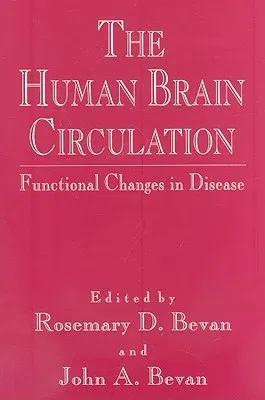Rosemary D Bevan
(Author)The Human Brain Circulation: Functional Changes in DiseaseHardcover, 1 July 1994

Qty
1
Turbo
Ships in 2 - 3 days
In Stock
Free Delivery
Cash on Delivery
15 Days
Free Returns
Secure Checkout

Part of Series
Vascular Biomedicine
Print Length
456 pages
Language
English
Publisher
Humana
Date Published
1 Jul 1994
ISBN-10
089603271X
ISBN-13
9780896032712
Description
Product Details
Authors:
Book Format:
Hardcover
Country of Origin:
US
Date Published:
1 July 1994
Dimensions:
23.37 x
16 x
3.05 cm
ISBN-10:
089603271X
ISBN-13:
9780896032712
Language:
English
Location:
Totowa, NJ
Pages:
456
Publisher:
Series:
Weight:
1065.94 gm